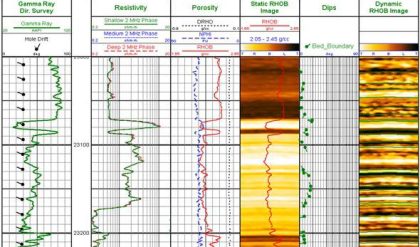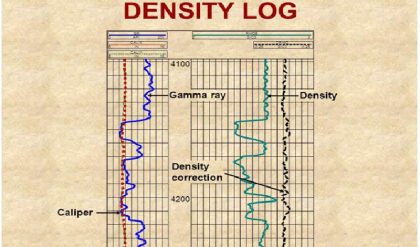Stratigraphic traps are formed as a result of lateral and vertical variations in the thickness, texture, porosity or lithology of the reservoir rock. Examples of this type of trap are an unconformity trap, a lens trap and a reef trap.
Two main groups can be recognized :

Examples of stratigraphic traps.
Primary
stratigraphic traps result from variations in facies that developed during sedimentation. These include features such as lenses, pinch-outs, and appropriate facies changes.
Secondary
stratigraphic traps result from variations that developed after sedimentation, mainly because of diagenesis. These include variations due to porosity enhancement by dissolution or loss by cementation. Paleogeomorphic traps are controlled by buried landscape. Some are associated with prominences (hills); others with depressions (valleys). Many are also partly controlled by unconformities so are also termed unconformity traps .






Comments are closed.